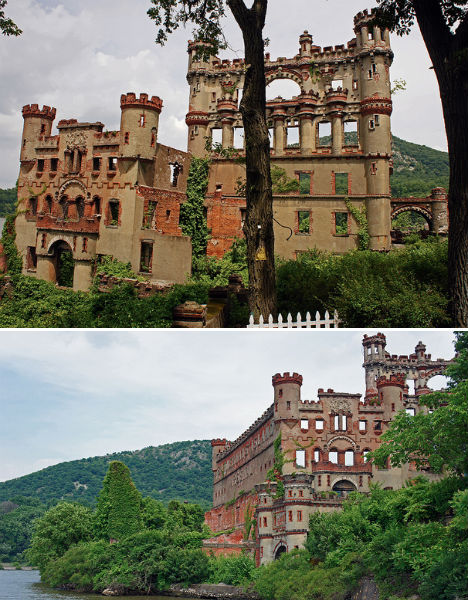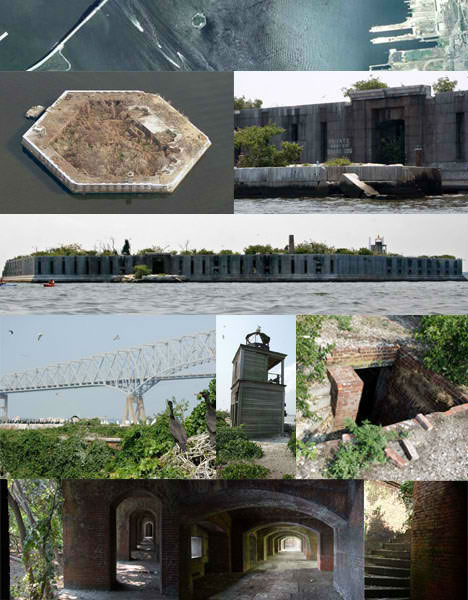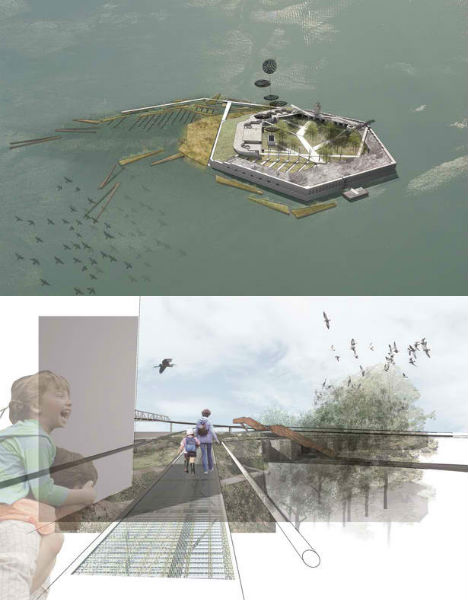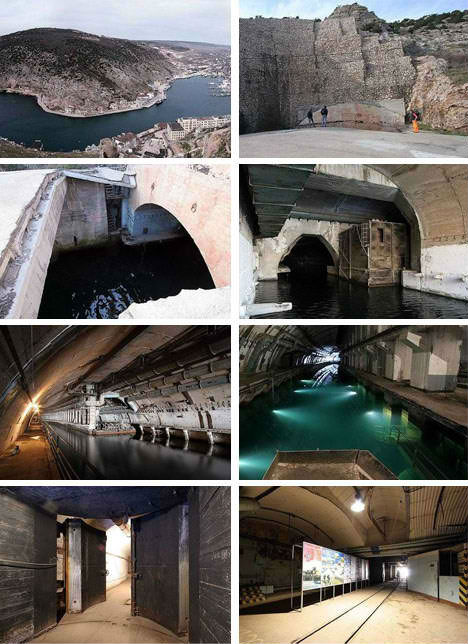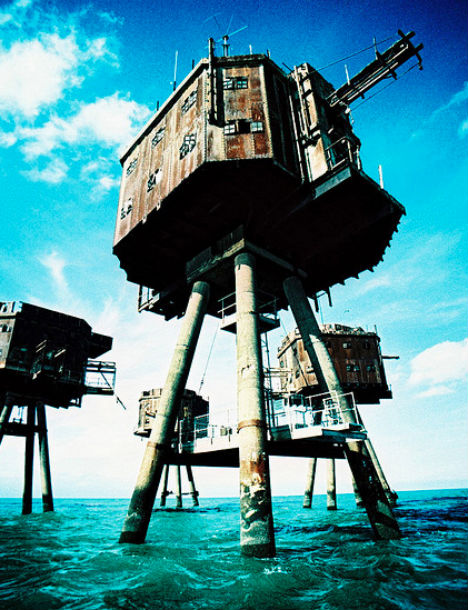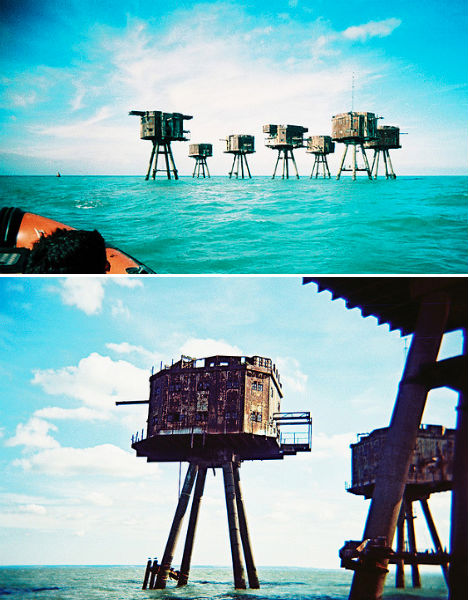Bannerman Castle, New York
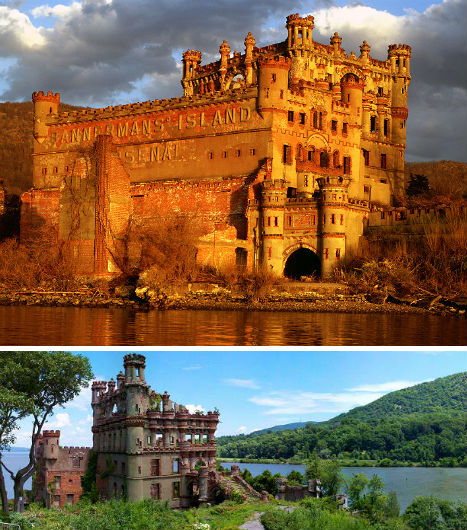
(images via: bannermancastle.org, hlit)
The skeletal remains of a beautiful castle on the Hudson River, 50 miles north of New York City, are littered with the burned and rusting remains of an eccentric Scotsman’s collection of Civil War weapons. Bannerman Castle can be found on the island of the same name. The island was initially established as a military prison by General George Washington during the Revolutionary War, and purchased by Frank Bannerman in 1900. The world’s largest buyer of surplus military equipment, Bannerman spent 17 years designing the Scottish-style castle, complete with docks, turrets, garden walls and moats, to hold his collection. It served mostly as a warehouse for Bannerman’s business selling the military goods.
After his death, the estate was sold to New York State and the military merchandise given to the Smithsonian, but personal items and some weapons have been left behind. In 1969, a raging fire of unknown cause destroyed most of the buildings and their contents; the intact main structure can be seen in the top photo, above, before parts of it collapsed in 2009. Said to be extremely dangerous, the island is off-limits to the public, but Hudson River boat tours provide views of its exterior.
Fort Carroll, Baltimore, Maryland
(images via: urbanatrophy, archinect)
The man-made island of Fort Carroll was constructed off the coast of Baltimore, Maryland in the middle of the 19th century, but never saw war; it was briefly used as a firing range for the Army and a checkpoint for ships during World War II and has been abandoned ever since. A variety of proposals were made for the island after that point, including using it as a prison and a casino, but none were ever carried out. Now abandoned, the hexagonal island has become a habitat for birds.
A recent proposal for the island keeps it that way. Colin Curley and Sara Allen Harper envision it as a ‘gateway ecological park’ with boardwalks.
Secret Soviet Submarine Base, Ukraine
(images via: english russia)
Once so top-secret that even family members of residents couldn’t visit without special permission from the government, the Balaklava submarine base near Sevastopol, Ukraine was operational until 1993; almost the entire population of the city of Balaklava worked there. It is said to be virtually indestructible, able to survive direct atomic impact. Though warheads and torpedoes have been removed, the base remains in excellent condition and is now open to the public. Some parts have been converted into a museum, but many are still abandoned.
Maunsell Sea Forts, England
(images via: slimjim)
Looking more than a little like rusted AT-ATs, the Maunsell sea forts were small fortified towers built by the UK in the Thames and Mersey estuaries during World War II and decommissioned in the late 1950s. Briefly used for pirate radio in the 1960s, the sea forts have been abandoned ever since. One became ‘Sealand’, the self-described ‘micronation’ with a controversial status as a data haven. The rest stand empty, just waiting to become the lairs of supervillains.
